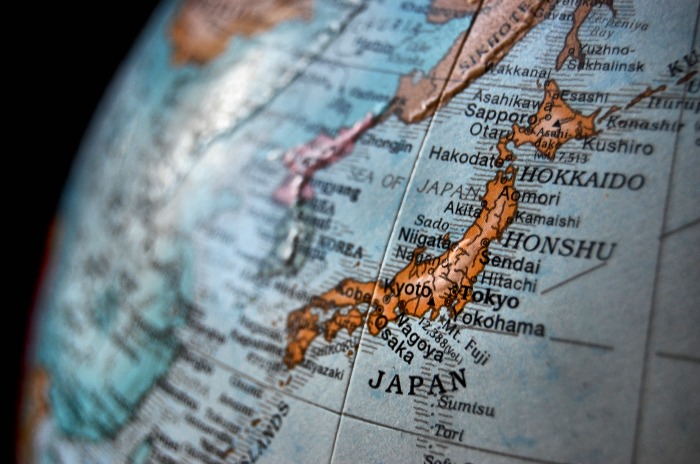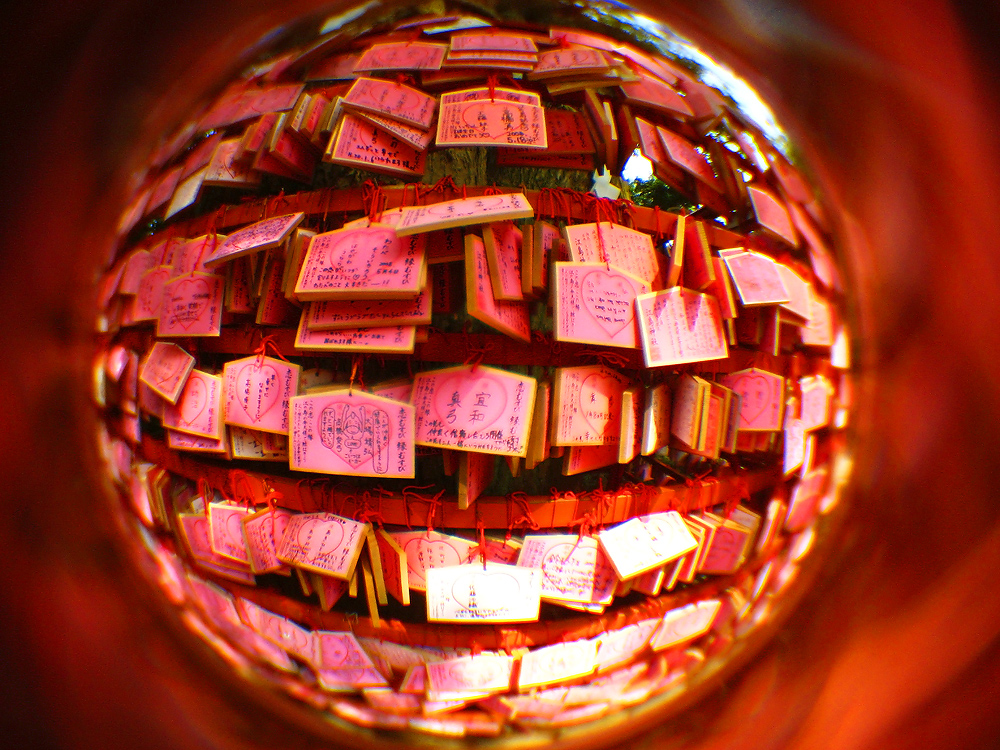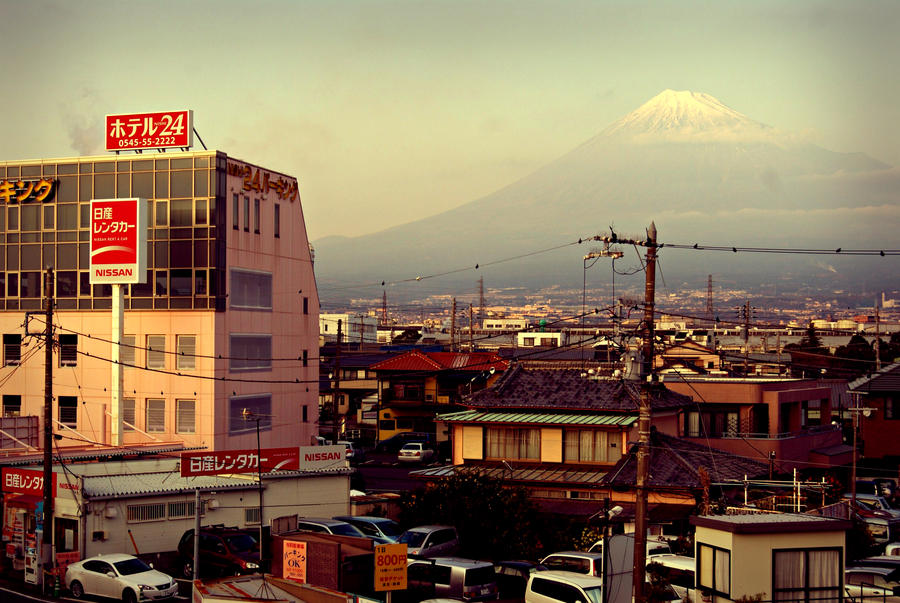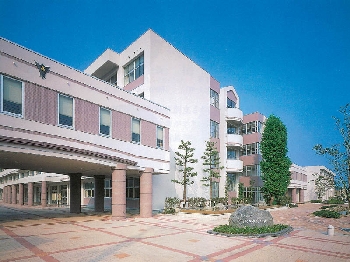I spent this
weekend in Takaoka, in the Toyama prefecture, where I participated in a so
called Monitor Tour. Simply speaking: people speaking the most popular
languages amongst tourists (English, French, Korean, mainland Chinese and
Taiwanese) were invited to take part in order to help improve tourism in
Takaoka. The trip was entirely free, including accommodation, food and
transport (and they weren’t trying to save, everything was top notch!), we
simply had to “work” for it by doing a questionnaire about what’s good, what
isn’t and how to improve it.
Seeing as me
complaining isn’t really interesting to anyone but a very small handful of
people, and most of them are the trip’s organisers, who are now probably
considering all the feedback they got, I’ll only focus on the good stuff. Besides,
my complaints were mostly referring to things which a regular tourist (whose
perspective we had to look from) wouldn’t get to because they’re not really
within typical tourist’s interests; only sometimes the complaining was due to
lack of information about a certain place in languages other than Japanese. And
I did come back happy, so there’s honestly no point talking about the bad
stuff.
In Takaoka there
are three main things worth noting: Takaoka Daibutsu (高岡大仏), park Takaoka Kōjō Kōen (高岡古城公園) and Zuiryū-ji temple (瑞龍寺).
Takaoka Daibutsu
is the third biggest Buddha statue in Japan, right after the ones in Nara and
Kamakura. This one is over 15 metres tall and weighs about 65 tons – definitely
impressive when it emerges from between the buildings, since the poor guy was
unlucky enough to be in the area with slightly more taller buildings.
Unfortunately,
the statue that you can see here isn’t the original one. That one, carved in
wood and covered in gold leaf, was destroyed in a fire – the one that remains
today was finished in 1933 and is made out of copper. On the plus side the
entry to the tiny temple area inside is completely free, unless somebody wants
to donate something. I hear that you need to pay to see the Buddha statue in
Nara, so it’s good that Takaoka City kept this one free. Though seeing how it’s
outside and is, well, big, they’d probably have some troubles in making people
pay.
 |
| Statue guarding the entrance. |
 |
| Statue guardian on the other side. |
 |
| Plan of the statue. |
From the Buddha
statue there’s only a short walk to the park and if someone isn’t interested in
the history of Japan, they should go at least for the pretty views. Now the
park was dominated by autumn foliage, but apparently in spring, when the cherry
blossoms are blooming, the view is just as gorgeous.

This was one of
the places where at least a leaflet in English would come in handy. Even if
someone doesn’t have an interest in Japanese history or in the particular bits
of the park, it’d be nice to at least know what they’re called, to be able to
tell where one is. Though from the leaflet in Japanese, which includes a map,
one can get enough of a sense of direction, and if one is a thinking tourist
who doesn’t just blindly go to the “pretty pictures spots”, they can guess a
fair bit about the castle. The fact that there’s a moat and quite a few small
bridges joining the “islands” of the park and the castle grounds, is enough of
a clue that this wasn’t anyone’s summer house, but that it was an actual
defensive castle. The castle itself isn’t there anymore, I think it was
destroyed, but there are some temples, a museum and quite a lot of statues, mainly
of the feudal lord Toshinaga Maeda, in the park, beside the scenery.
 |
| Statue of the feudal lord Toshinaga Maeda |
On top of that
we were lucky enough to witness a traditional Japanese wedding ceremony while
walking through the park, just when the newlyweds were posing for pictures. Beautiful!
 |
| Best wishes to the newlyweds! |
Zuiryū-ji temple
was, actually, the first place we visited during this trip, but since to me all
temples/shrines in Japan are very much the same and one needs to have a very
serious interest in the topic to be able to pick up on the differences, I’m
talking about it last.

Zuiryū-ji was built around the XVIIth century.
Some parts of the original temple –
namely the first front gate and some two buildings on the side before the main
site – burnt down, but they managed to save a fair bit of it and a lot was
rebuilt in the first half of the XIXth century. Like you’d expect
from a Buddhist temple, it has an aura of tranquillity (if you ignore the other
tourists), very good for meditating. I know because on top of the visit the
monk who was showing us around taught us how to do zazen (座禅), the Buddhist praying/meditating position. And
then we put the theory into practice. I think I’m not suited for Buddhism though:
the moment my legs started to hurt (which was quite early, as was the itchy
nose and other earthly uncomfortable things), instead of meditating and not
thinking, I kept thinking quite intensely about how my legs hurt and how
uncomfortable I am. Well, there’s something for everyone…
 |
| Statue at the entrance. |
 |
| Buddha's altar. |
 |
| The prayer room where we performed zazen. |
Other than this
the only really interesting things were the practical experiences of Takaoka’s
traditional crafts that we got to have. Namely they were metal casting and
painting lacquer ware.
 |
| The bell straight after taking out of the cast. |
 |
| Lacquer pendant with the designs outline. |
 |
| Finished pendant. |
Well, I’m not
going to go on about the hotel we stayed at, suffice to say that every student
(and probably not just a student) would be impressed when accommodation on a
free trip turned out to be a four star hotel. But to end the post with
something nicer than that, let me share a photo of my lunch on the first day of
the trip (in an expensive restaurant by Zuiryū-ji, let me add).




























































